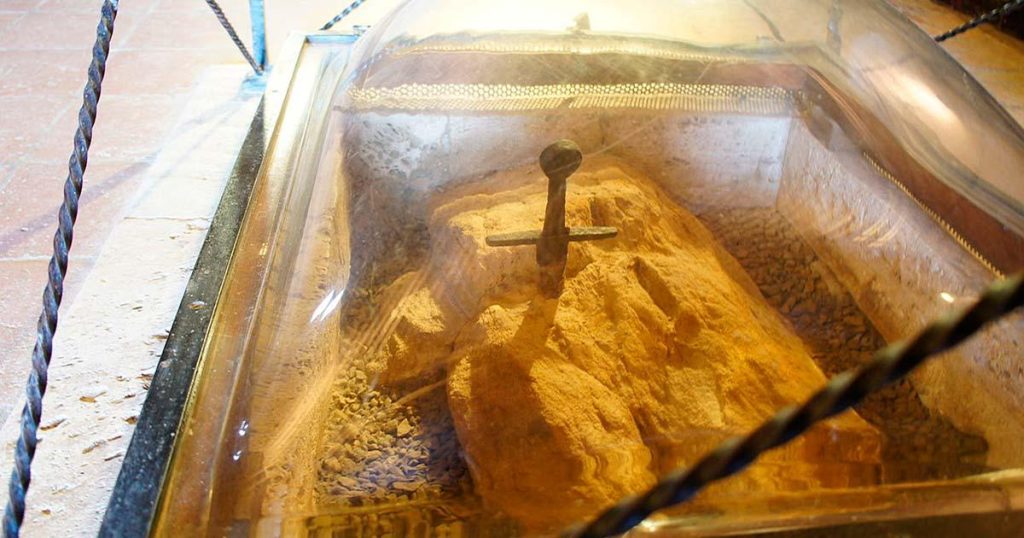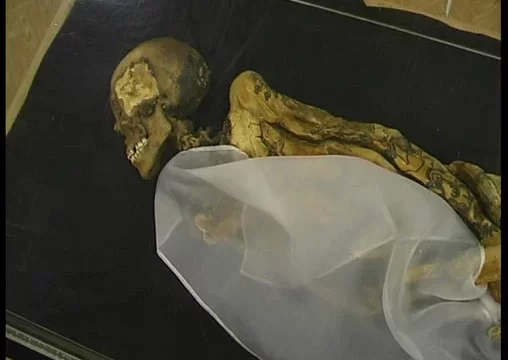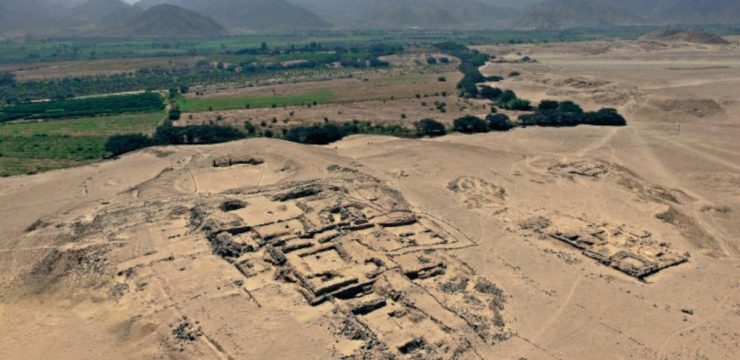One of the most captivating legends from British folklore is that of King Arthur and the sword in the stone—a tale in which only the true king of England could pull the sword free, revealing his divine right to rule. Yet, few know that a similar and arguably older legend exists in Italy’s Tuscany region. This lesser-known but equally intriguing story centers around San Galgano and a sword embedded in stone, which some historians believe may have inspired the Arthurian myth itself.

San Galgano, also known as Galgano Guidotti, was born in 1148 in the small town of Chiusdino, located in what is now the province of Siena. As a young man, Galgano was not particularly saintly. He was known for his noble heritage and trained in the art of war, indulging in a life filled with arrogance, violence, and worldly pleasures. But his life took a dramatic turn, one that would ultimately lead to his canonization and the construction of a chapel to honor his memory and the legendary sword in the stone he left behind.
San Galgano is notably remembered as the first saint to undergo a formal canonization process by the Catholic Church. This event took place in 1185, just a few years after his death, and has provided historians with a rare and detailed insight into his life through official documentation. Additional details about his life and transformation are found in later literary works that continue to preserve and expand on his story.
According to legend, the pivotal moment in Galgano’s life came through a divine encounter. The Archangel Michael appeared to him, urging him to abandon his selfish ways and embark on a spiritual journey. The archangel guided Galgano to a place near his hometown—Montesiepi, a hill just outside Chiusdino—where he would find his true purpose. The vision had a profound impact, inspiring Galgano to renounce his noble lifestyle and choose the path of a hermit.
The following day, Galgano shocked his friends and family by announcing that he would become a hermit and live in a nearby cave. His declaration was met with disbelief and ridicule. His mother, Dionisia, managed to persuade him to visit his fiancée one final time before giving up all earthly attachments. Donning his noble attire, Galgano set off on what would be a life-changing journey.
As he rode toward his fiancée’s home, his horse suddenly reared, throwing him violently to the ground. Yet, instead of being injured or frightened, Galgano felt an overwhelming sense of peace. A celestial voice, gentle and melodic, filled his ears and directed him toward the summit of Montesiepi. Compelled by the divine message, he climbed the sacred hill and saw a remarkable vision: a circular temple with Jesus, Mary, and the twelve Apostles standing at its center.
When the vision faded, the heavenly voice spoke again, instructing him to give up his worldly desires. Galgano hesitated, replying that abandoning earthly pleasures would be as difficult as cutting stone with a sword. To make his point, he drew his sword and thrust it into a nearby rock.
To his amazement, the sword pierced the stone effortlessly, as if the blade had passed through soft butter. The moment was so profound that it convinced him to fully embrace the path of righteousness. From that day forward, Galgano lived on Montesiepi as a hermit, devoting his life to spiritual reflection and renunciation.
Following his death, a round chapel was constructed on the very hill where he had experienced his divine transformation. This Romanesque structure, known as the Chapel of Montesiepi, still stands today and houses what many believe to be the actual sword he drove into the rock—Tuscany’s own “sword in the stone.” Pilgrims and curious visitors alike have traveled there for centuries to see the miraculous relic and pay homage to the man who left behind a legacy of faith and mystery.
Over the years, many doubted the authenticity of the San Galgano sword. Skeptics dismissed it as a medieval forgery or a clever fabrication designed to attract attention. However, modern science has begun to restore belief in the legend. A team of researchers from the University of Pavia conducted a thorough analysis of the sword’s metal composition and concluded that the artifact does indeed date back to the 12th century—the very time of San Galgano’s life.
Italian chemist Luigi Garlaschelli, who helped lead the investigation, stated in an interview with The Guardian, “We have succeeded in refuting those who maintain that it is a recent fake.” His findings confirmed that the sword is a genuine relic from the medieval era, reigniting public fascination and scholarly interest in the story of San Galgano.
Even more intriguing was the discovery made using ground-penetrating radar. Researchers detected a hidden cavity beneath the rock where the sword is embedded. Measuring approximately 2 meters by 1 meter (6.56 feet by 3.28 feet), the cavity is believed to possibly contain the remains of San Galgano himself. This potential tomb further deepens the mystery and spiritual significance of the site.
Adding another layer to the legend is a chilling tale involving a pair of mummified hands displayed inside the chapel. These hands are said to belong to an assassin disguised as a monk who was allegedly sent to kill San Galgano. According to the legend, wild wolves—faithful guardians of the saint—sensed the imposter’s evil intentions and attacked him before he could carry out the murder. His hands were then severed, mummified, and preserved in the chapel as a haunting warning against treachery.
Carbon-dating tests conducted on the hands confirmed that they also date back to the 12th century, further linking them to the time of San Galgano. Whether the tale of the assassin and the wolves is true or not, it adds a dramatic, almost cinematic element to an already compelling saga.
In the end, the legend of San Galgano and his sword in the stone is not just a story about miracles or saints—it is a tale about redemption, transformation, and unwavering faith. From a prideful knight to a humble hermit, Galgano’s journey continues to inspire awe, and his legacy lives on through the stone, the sword, and the chapel that guard them both.





